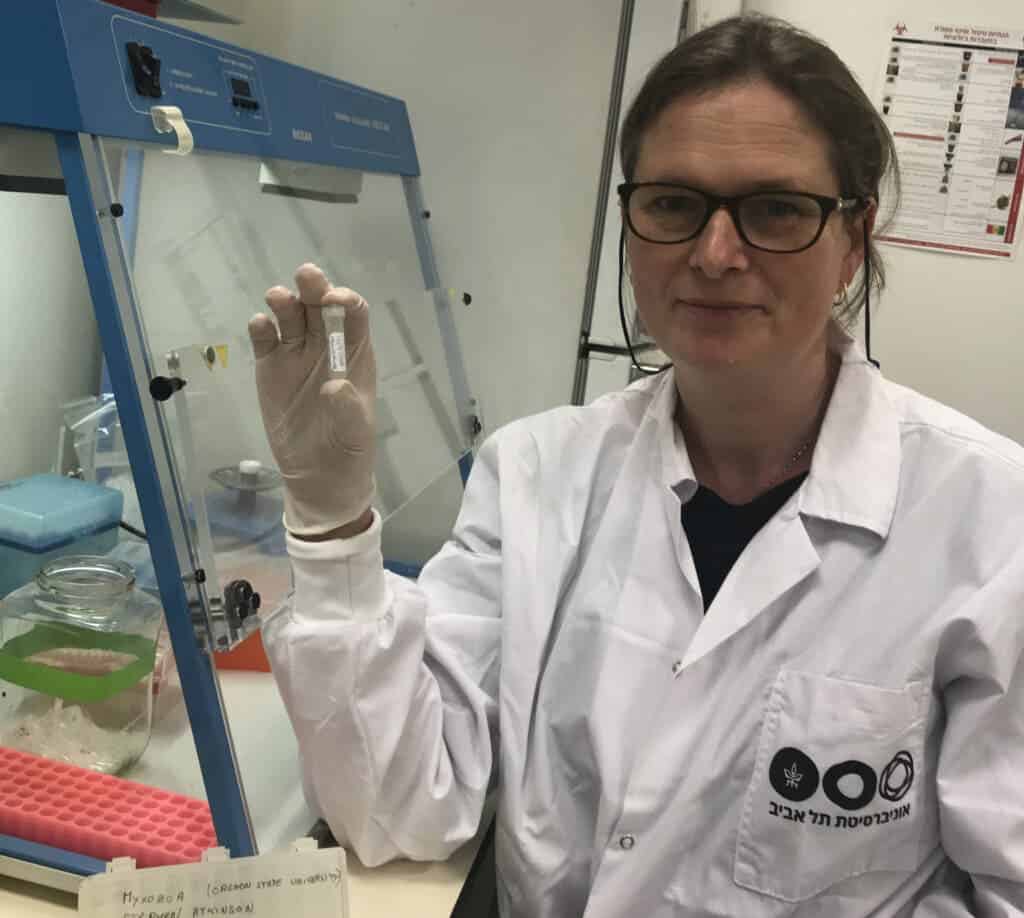Aerobic respiration was thought to be ubiquitous in animals, but now scientists have confirmed that this isn’t necessarily the case. A tiny parasite that lives inside the muscles of salmon is the first animal that we know of that doesn’t need to breathe oxygen in order to survive and replicate.

“It is generally thought that during evolution, organisms become more and more complex, and that simple single-celled or few-celled organisms are the ancestors of complex organisms,” Prof. Dorothee Huchon, a life science researcher at Tel Aviv University, said in a statement. “But here, right before us, is an animal whose evolutionary process is the opposite. Living in an oxygen-free environment, it has shed unnecessary genes responsible for aerobic respiration and become an even simpler organism.”
The general assumption has always been that complex multicellular life first appeared on Earth once oxygen levels rose. That’s because aerobic respiration is a major source of energy without which higher-order cellular development cannot take place — or so we thought.
This latest groundbreaking discovery, however, shows that relatively complex organisms can find a way to thrive in strange environments — even when there’s no oxygen to speak of.
Other living organisms such as fungi, bacteria, amoebas and ciliate lineages can also survive in anaerobic environments. The new study shows that this can happen to an animal as well.
“It’s not yet clear to us how the parasite generates energy,” Prof. Huchon says. “It may be drawing it from the surrounding fish cells, or it may have a different type of respiration such as oxygen-free breathing, which typically characterizes anaerobic non-animal organisms.”
The newly discovered parasite, known as Henneguya salminicola, is comprised of fewer than 10 cells and lives inside salmon muscle. The animal, which is classed as a myxozoan, is thought to be a relative of jellyfish and coral.

Its inability to breathe oxygen was found completely by accident while Huchon and colleagues were sequencing its genome. The researchers were stunned to see that there wasn’t any mitochondrial genome. Mitochondria are known as the powerhouses of the cell. They are organelles that produce energy-rich molecules for the cell. The fact that the animal didn’t have any mitochondria immediately suggested that it doesn’t breathe oxygen.
The new findings, which appeared in the journal PNAS, have important implications for evolutionary research.
“Our discovery confirms that adaptation to an anaerobic environment is not unique to single-celled eukaryotes, but has also evolved in a multicellular, parasitic animal. Hence, H. salminicola provides an opportunity for understanding the evolutionary transition from an aerobic to an exclusive anaerobic metabolism,” the study concludes.



